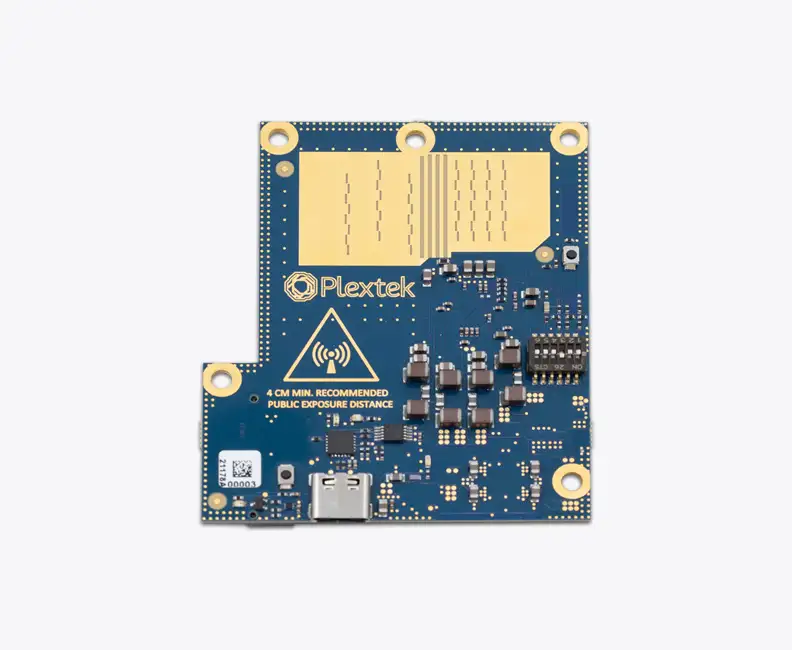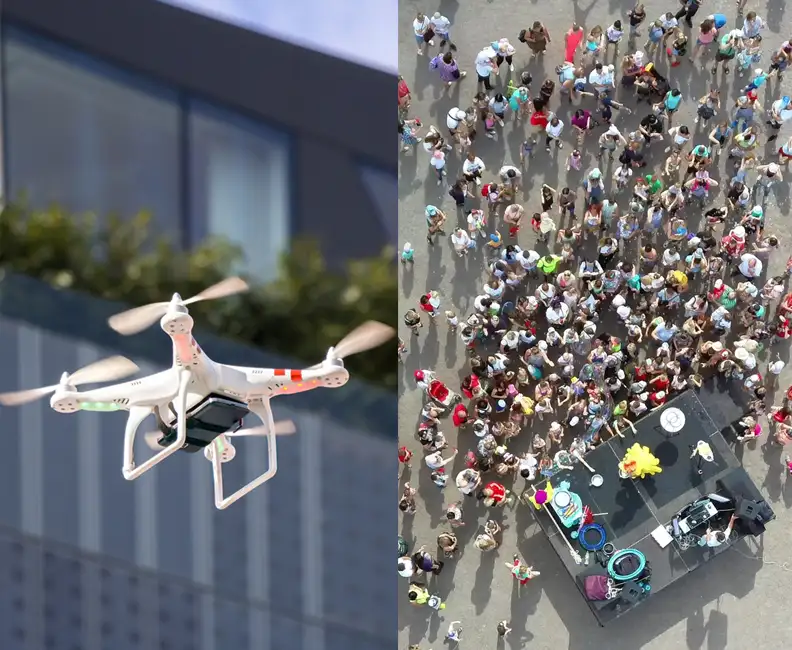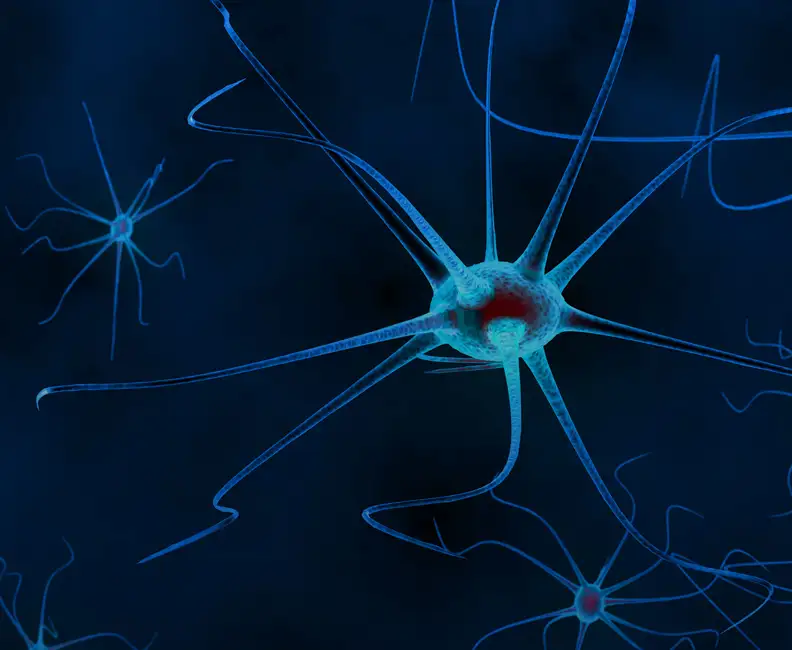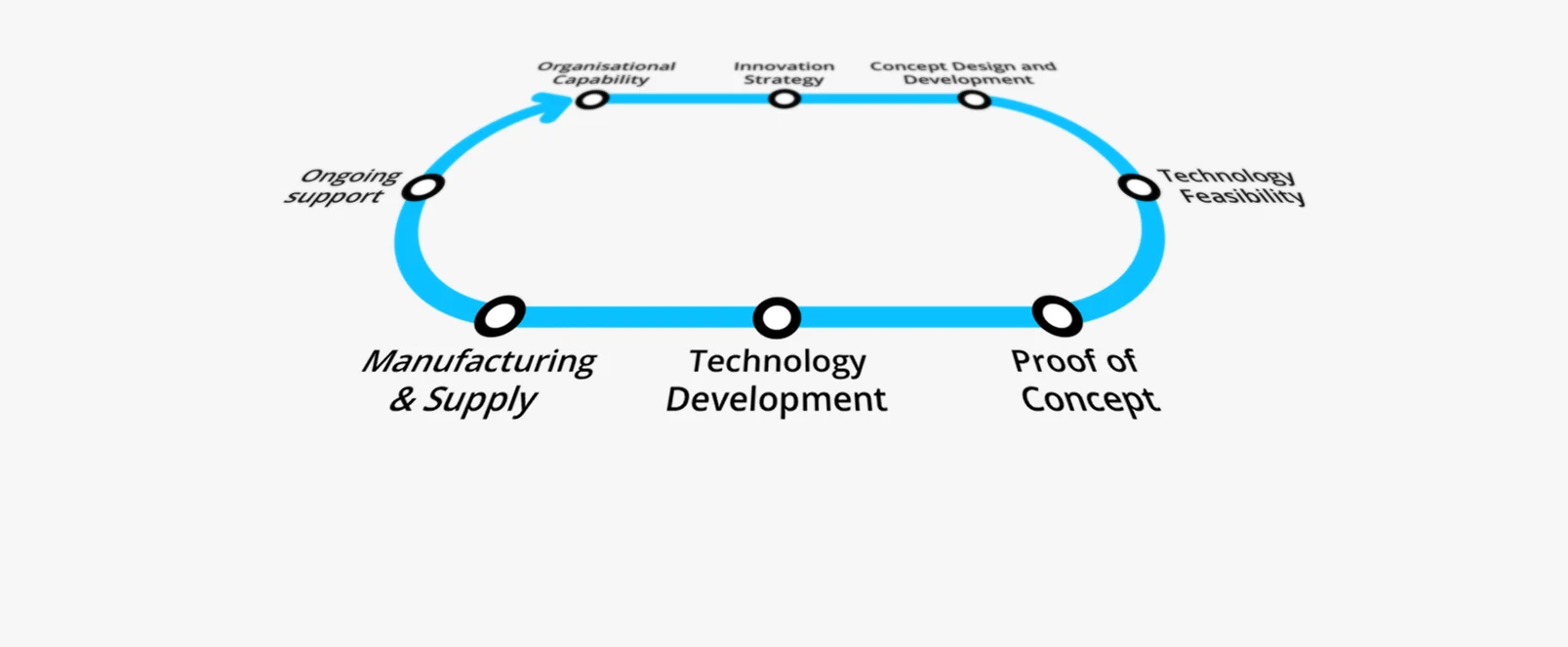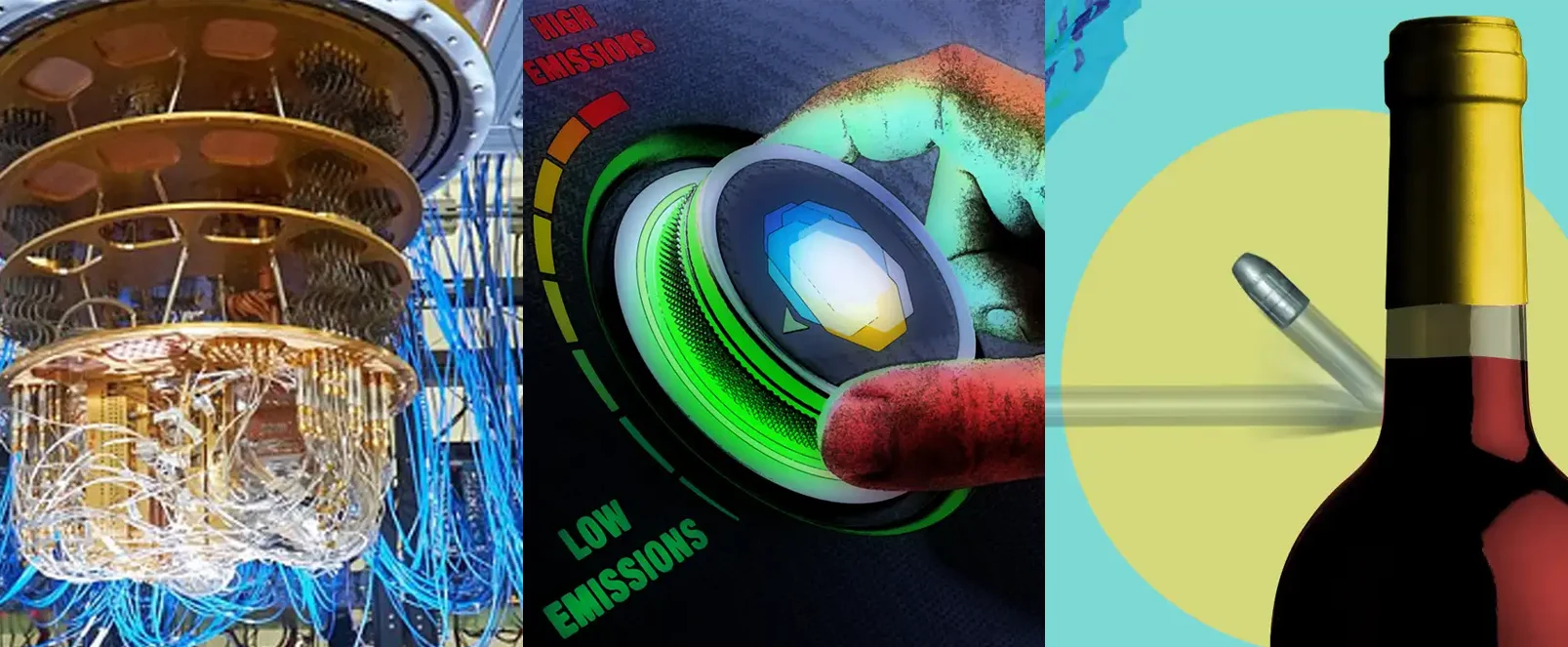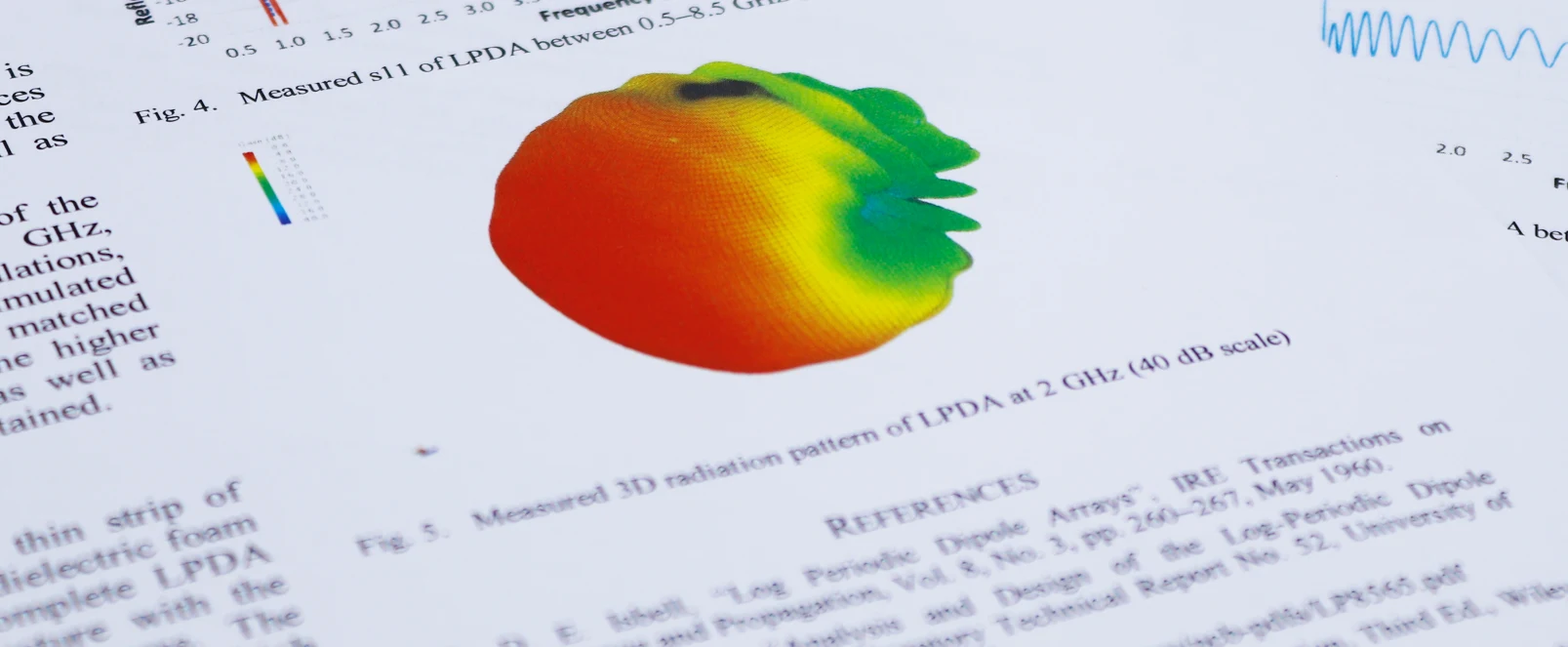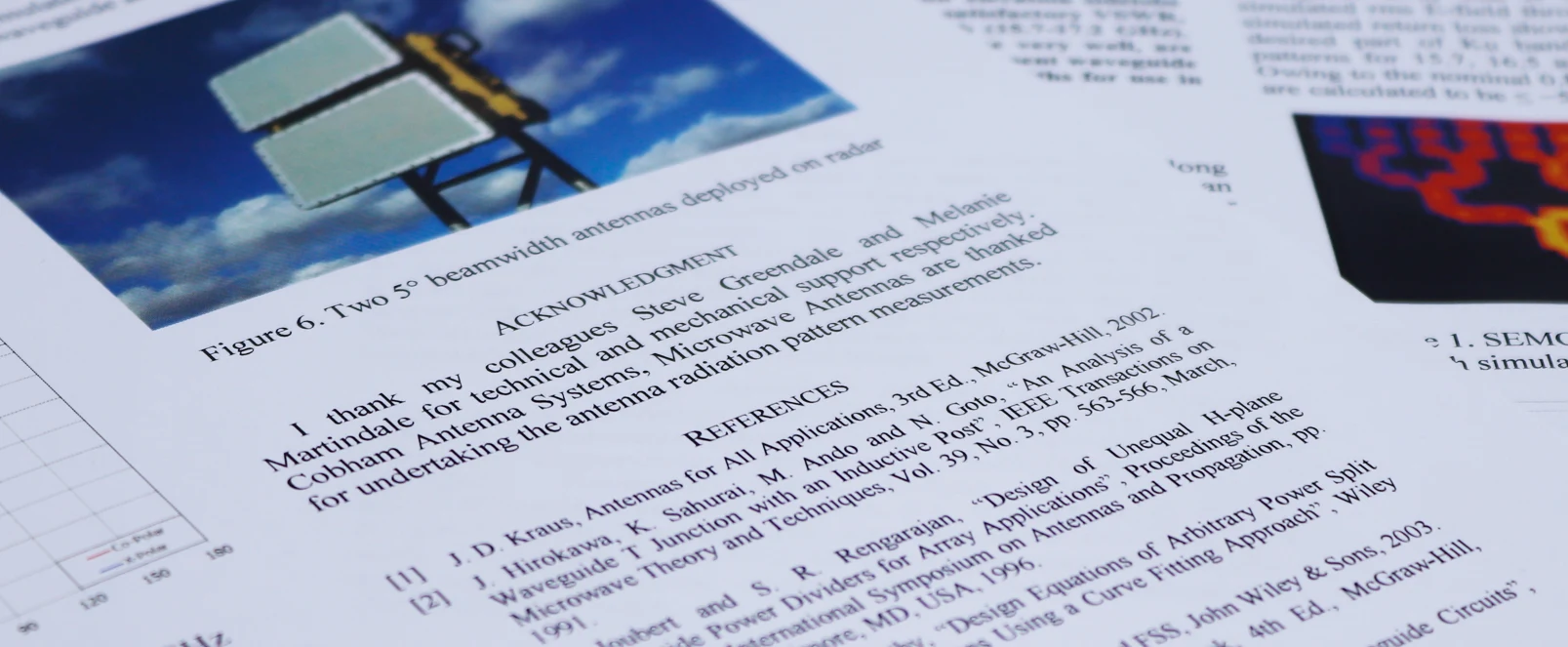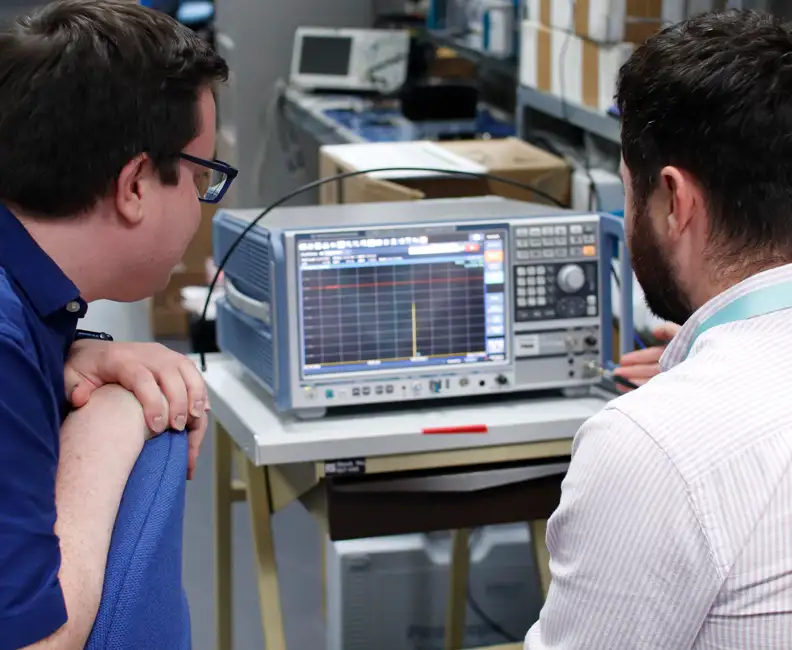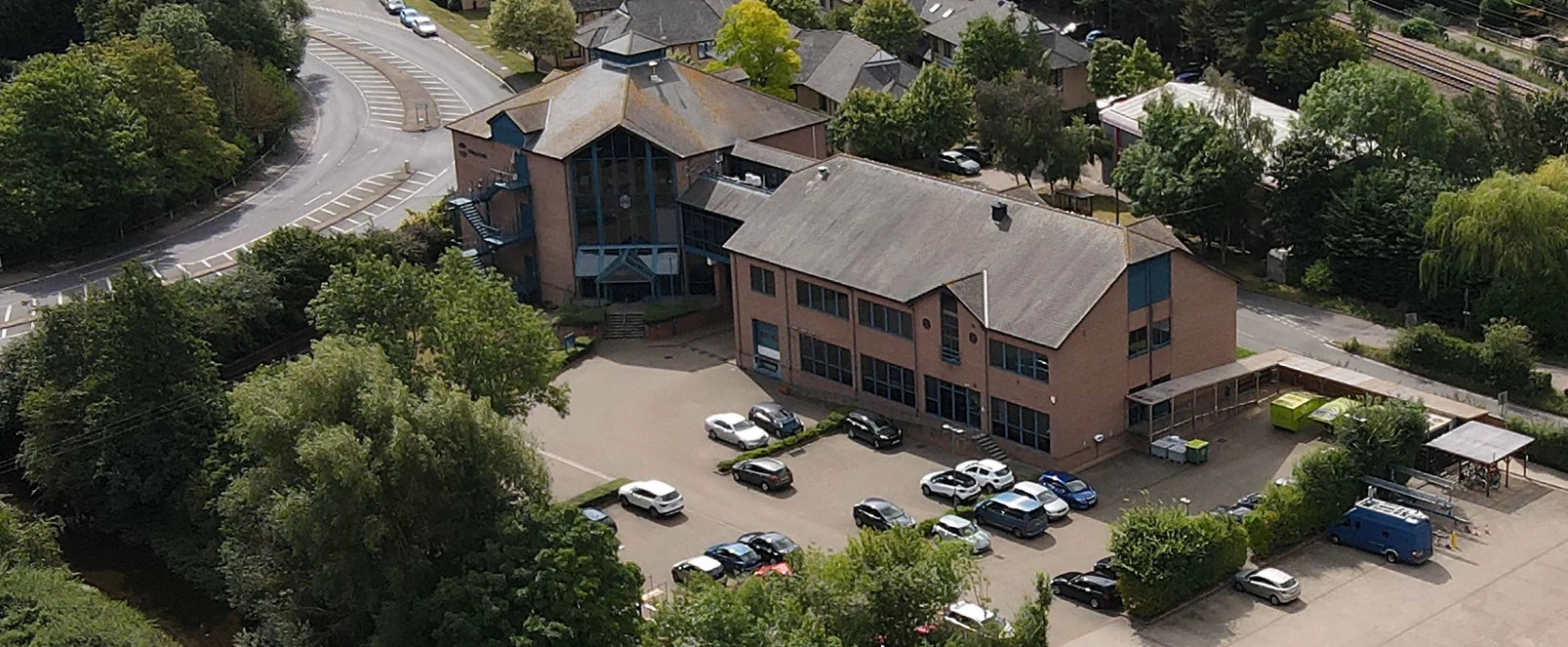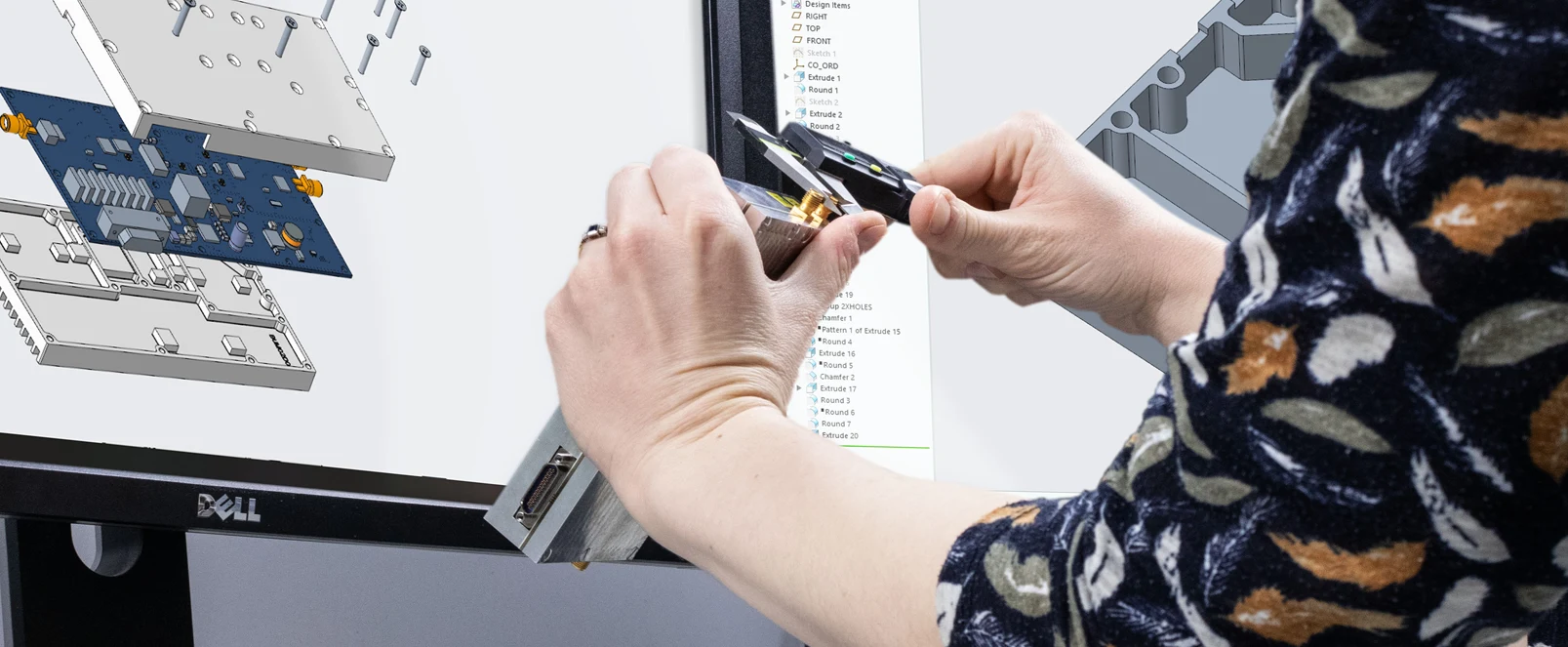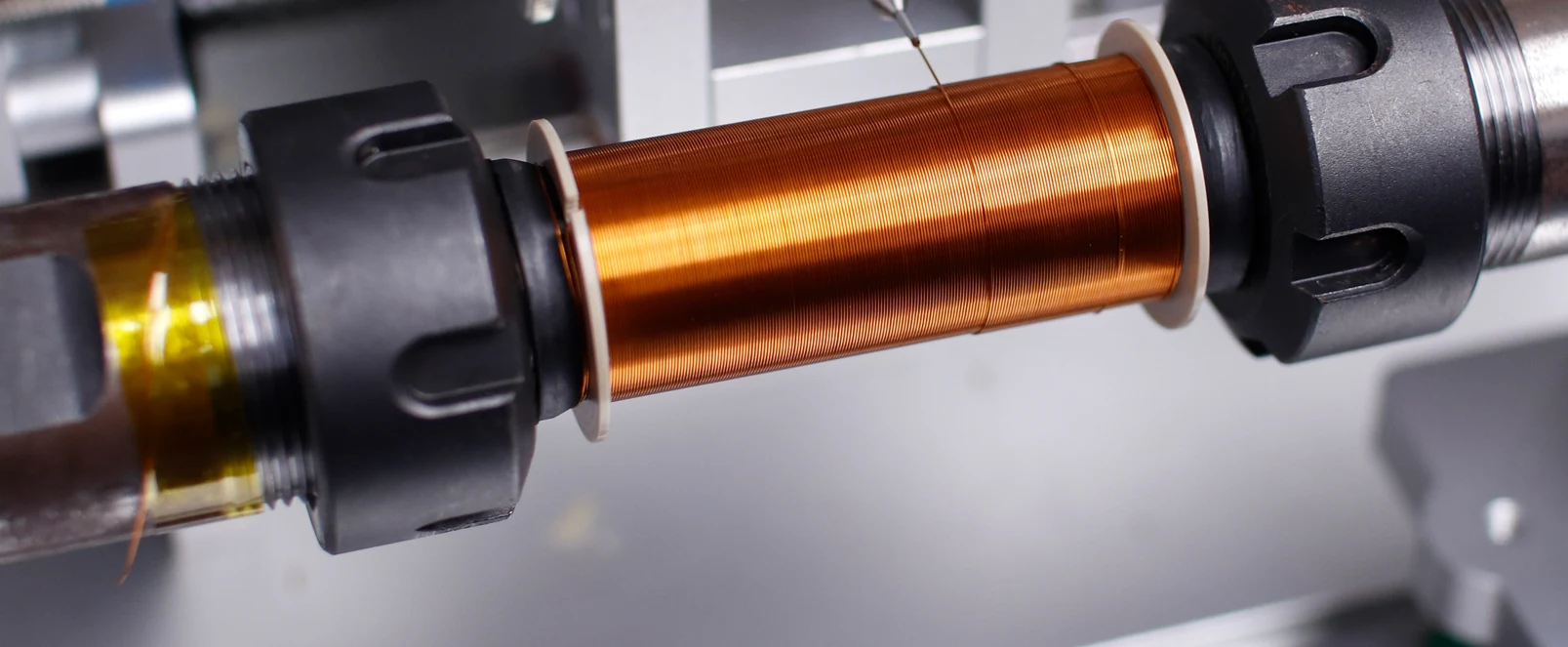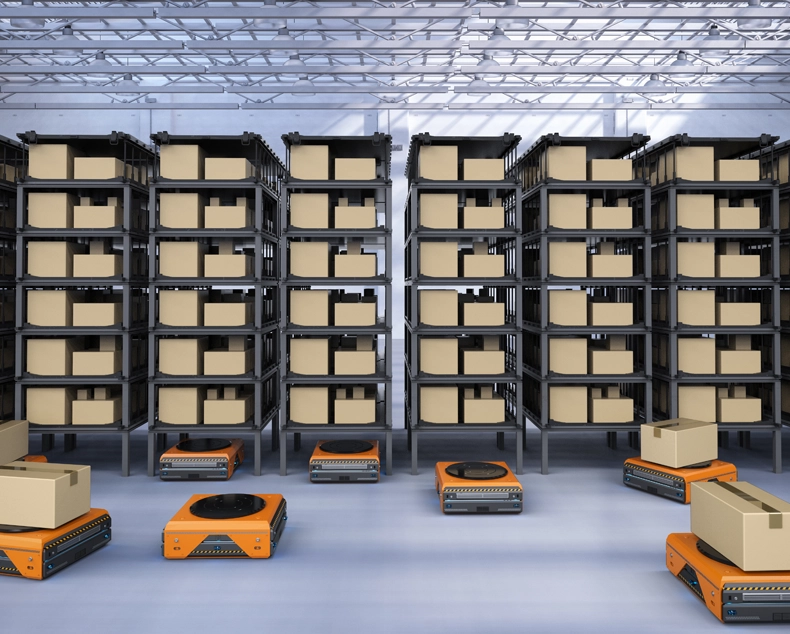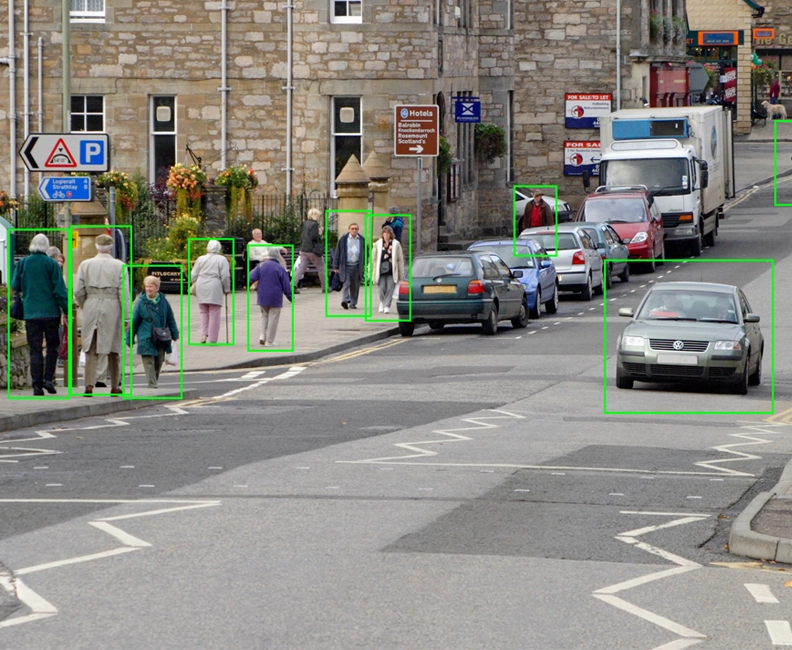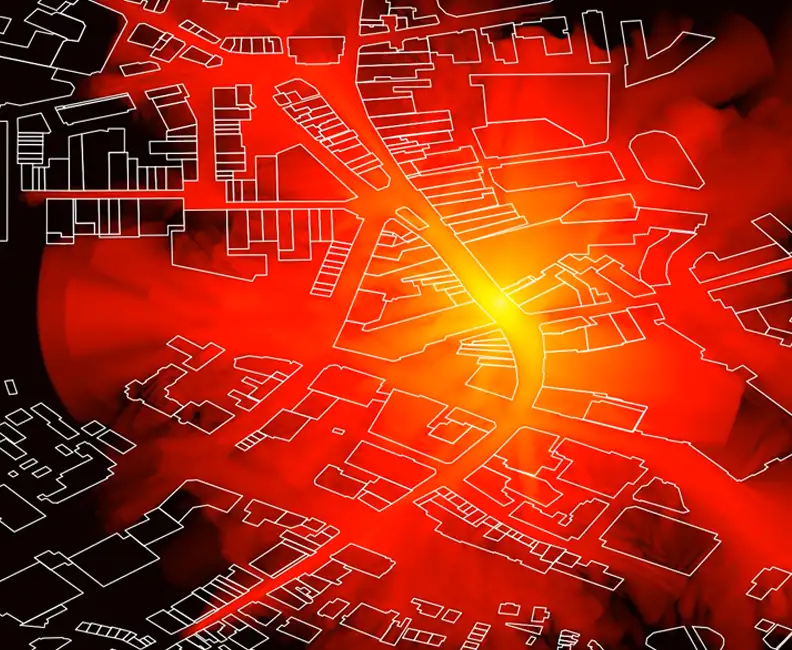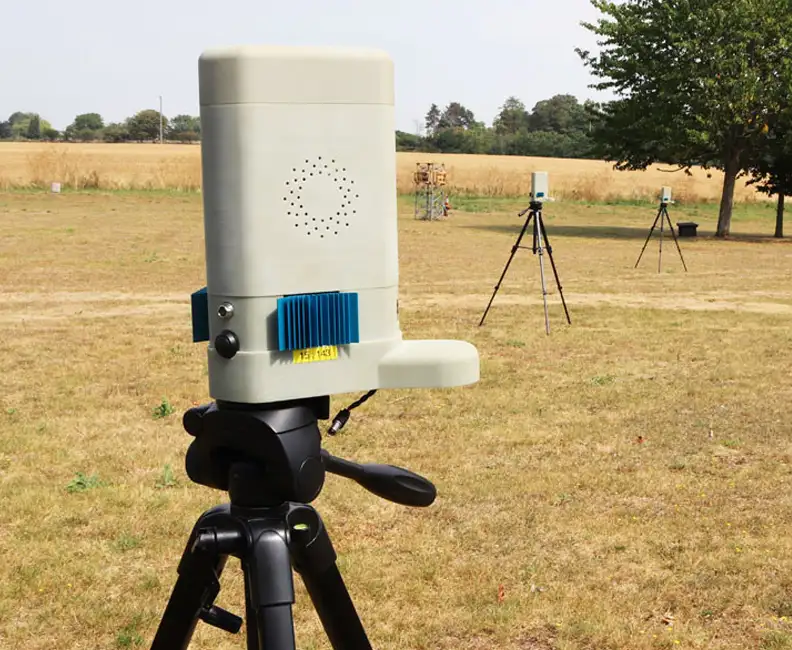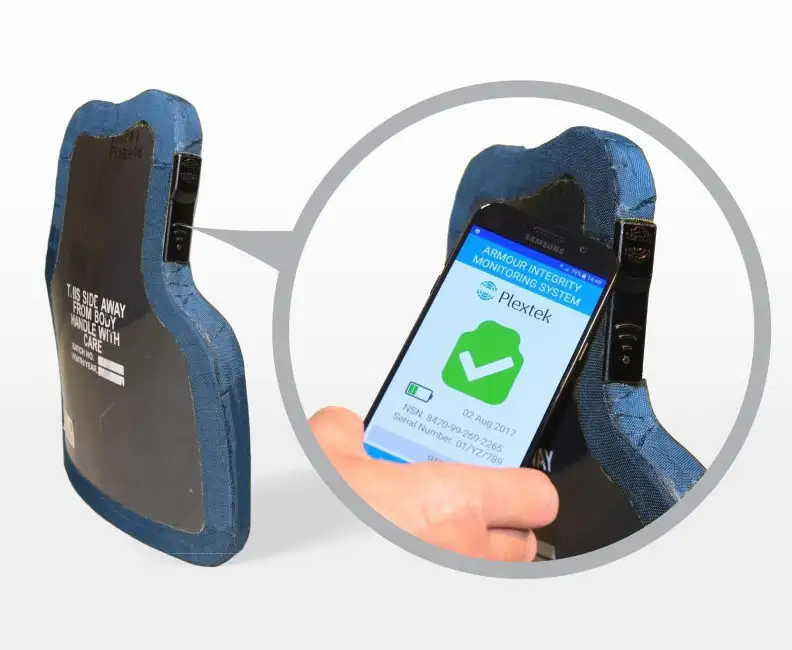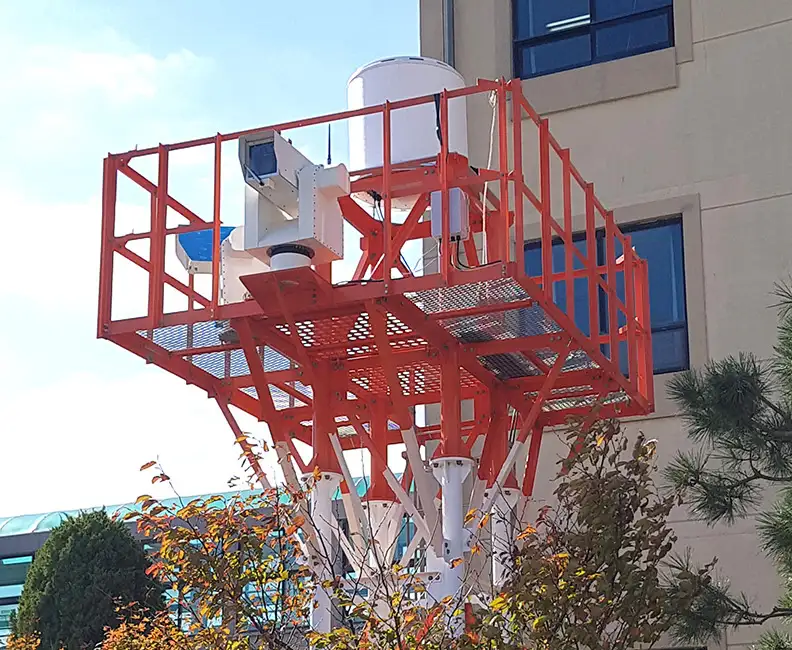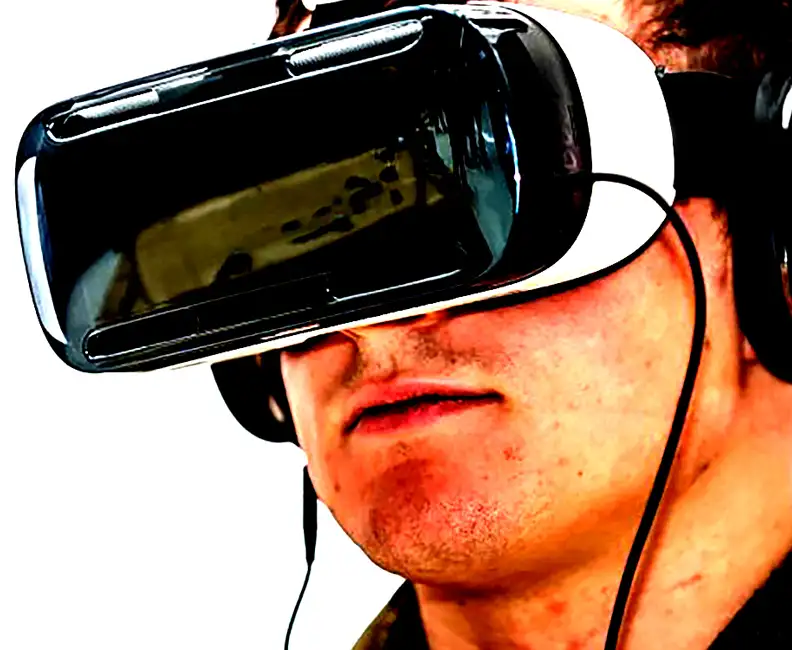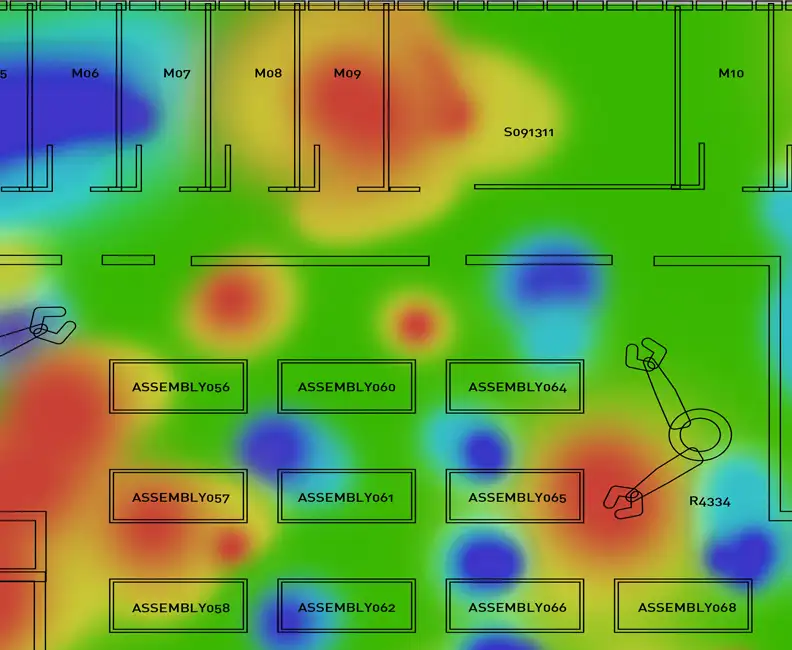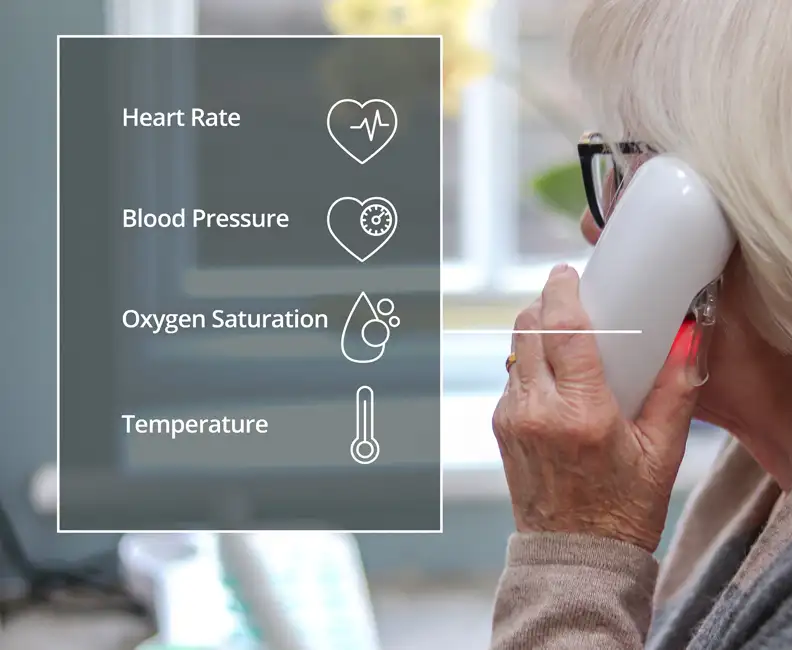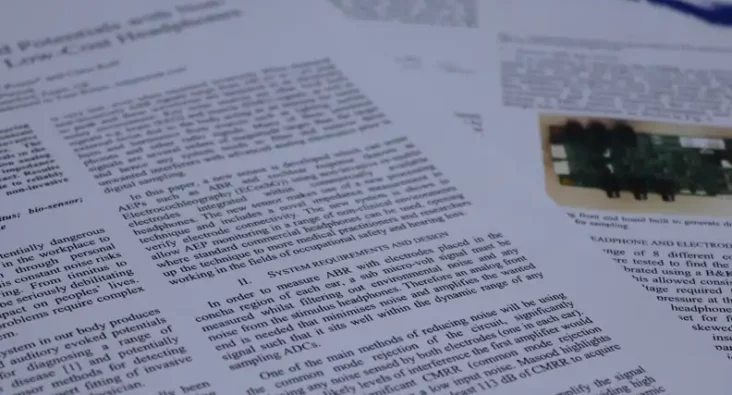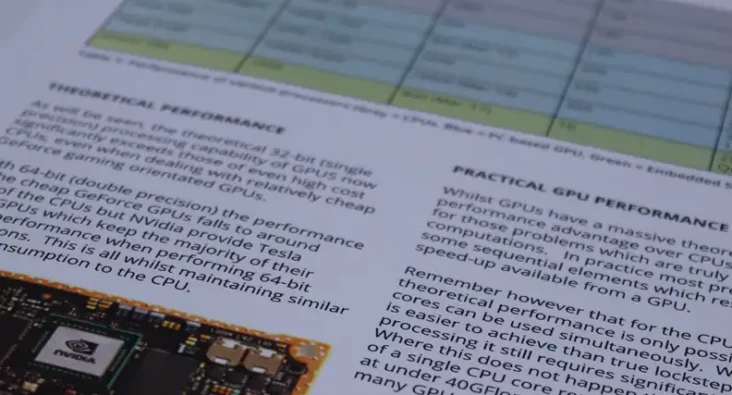
Embedded Intelligence
Smarter, Faster, More Reliable Automated extraction and analysis of vast amounts of actionable information
Devices are now expected to think, adapt and act autonomously.
Embedded software is the intelligence behind modern smart devices—controlling everything from washing machines and mobile phones to industrial automation and implantable medical devices.
Why Embedded Intelligence Matters
Traditional cloud-based approaches struggle with latency, security risks, and power constraints. The future belongs to intelligent edge devices that can process complex signals in real-time, ensuring:
Real-World Application: Real-Time Detection and Classification

- Precise real-time target detection, tracking & classification.
- Optimised signal-processing chains ensure speed, accuracy, and adaptability to environmental changes.
- Advanced ML classification algorithms enable real-time operation within embedded platforms.
Plextek’s PLX-U16 radar performs precise and real-time target detection, location, velocity, and classification. Making use of advanced signal-processing chains optimised to be fast, efficient and accurate, with added intelligence to allow the system to adapt to environmental changes.
One of the challenges of performing classification in real-time is the size of the neural networks. Our ML Classification algorithms were optimised for embedded, real-time operation, specific to the platform.
Talk to our experts
Explore cutting-edge technologies, real-world applications, and business benefits of embedding intelligence into devices, ensuring they can think, adapt, and act—wherever they are needed.

Our Expertise
Plextek’s engineering capabilities set us apart in the field of embedded intelligence. Our key competencies include:
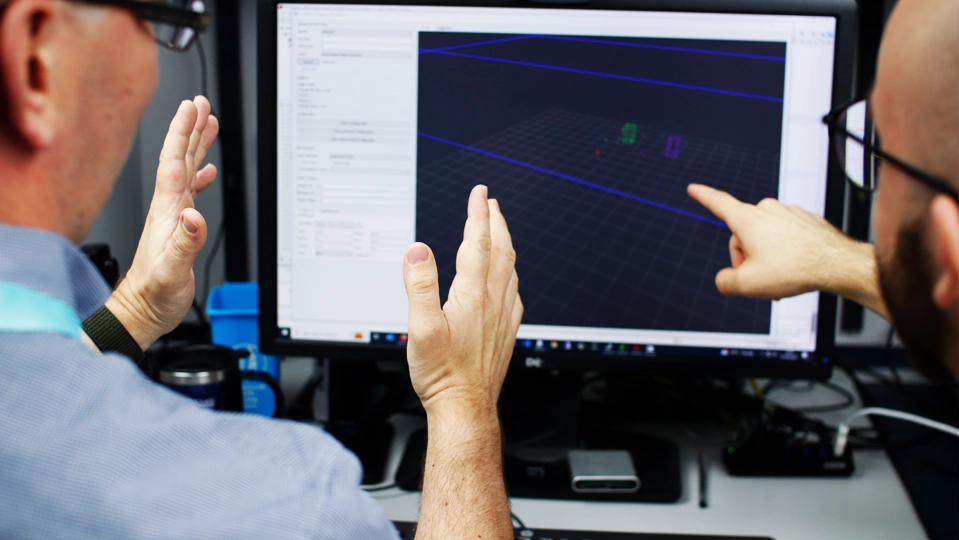
- Real-time system design – Ensuring seamless 24/7 operation for critical applications like radar and autonomous systems.
- Edge intelligence – Maximising the potential of your platform for autonomous operation, even with limited or no connectivity.
- Low size, weight and power (SWaP) – Obtaining optimal processing performance when power budgets are highly constrained.
- Predictive maintenance – Reducing downtime with advanced signal analysis that detects failures before they occur.
- Reliability engineering – Ensuring high system reliability for critical applications.
- Cost-optimised – Delivering complex signal processing solutions within strict budgetary limits, optimising expenditure without sacrificing performance.
- Signal interpretation – Translating complex raw data into actionable insights.
- Advanced noise filtering – Ensuring high-quality data by minimising unwanted clutter.
Project: Dismounted Position & Navigation Sensor (DPNS)
Please accept cookies in order to enable video functionality.
- A GNSS-free navigation solution, ideal for military and industrial applications.
- Boot-mounted inertial sensors and microprocessors estimate motion and provide precise location data.
- Intelligent signal processing filters out noise and enhances accuracy, all within low SWaP design.
To address the challenge of how to navigate when Global Navigation satellite System (GNSS) signals, such as GPS, are unavailable, Plextek developed a boot-mounted inertial navigation system. This device contains inertial sensors and a microprocessor containing signal processing algorithms to processes the sensor signals to estimate the motion of the boot. This in turn is used to provide accurate position estimation in the absence of GNSS.
The signal processing algorithms filter out unwanted noise, estimate biases, and automatically detect different phases of the user’s gait to derive an accurate measurement – all within the meagre resources of a small microprocessor.







